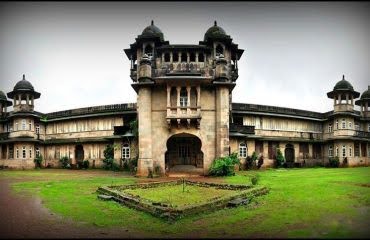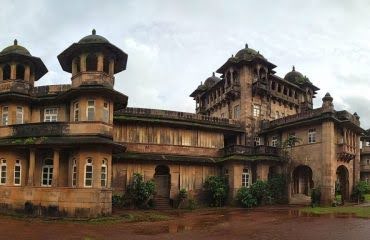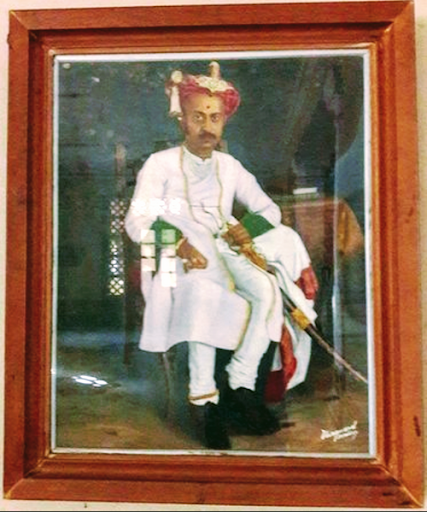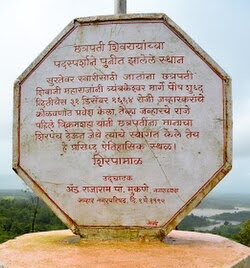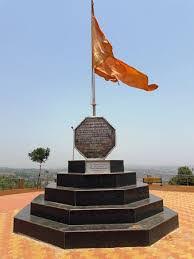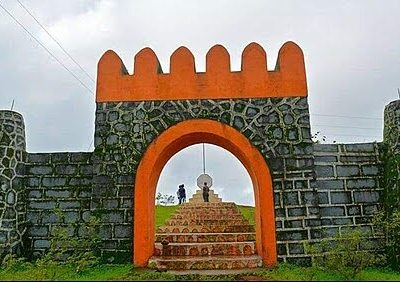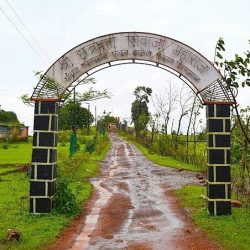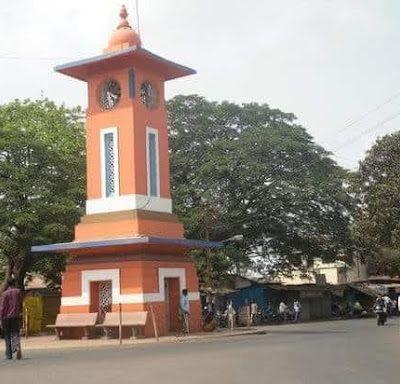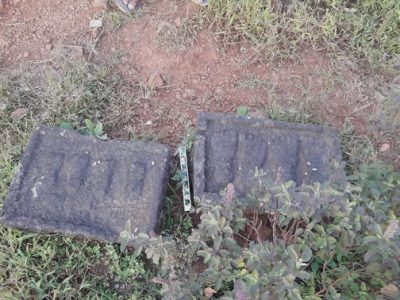Mukne Dynasty
The founder of Jawhar State was Jayadevarao (Jayabajiraje), a king of the Kshatriya Mahadev Koli community. In the 14th century, Jayabajiraje Mukane first established this state. And the Mukane dynasty ruled over this state for almost 600 years. After that, in 1947, Yashwantrao Mukane merged the Jawhar State with India.
History
Jayabaji Rao Mukane, the first ruler of the Mukane dynasty, built the Mahalaxmi Temple in Dahanu.
Jayabaji Rao's son, Nemshah Mukne, conquered as many as 22 forts and expanded his empire. As a result, on 5 June 1343, the then Sultan of Delhi, Muhammad bin Tughlaq, honored Maharaj Nemshah with the title of Shah and granted him the status of an independent state for the first time.[3] After that, Nemshah's grandson, Maharaja Devbarrao Mukne, fought against Sultan Ahmad Shah (Allauddin) of the Bahamani Sultanate at the fort of Bahmani Vidar. Upon learning of the war, he fell in love with the princess of the Bahamani Sultanate and married her and returned to Jawhar.
Rulers of the Mukane dynasty
The following is the list of Maharajas of the Mukane dynasty who ruled over the Jawhar state.




